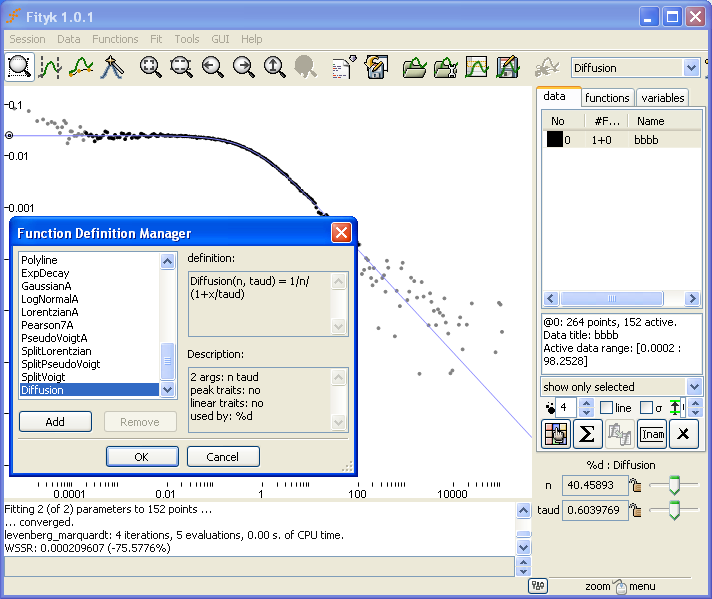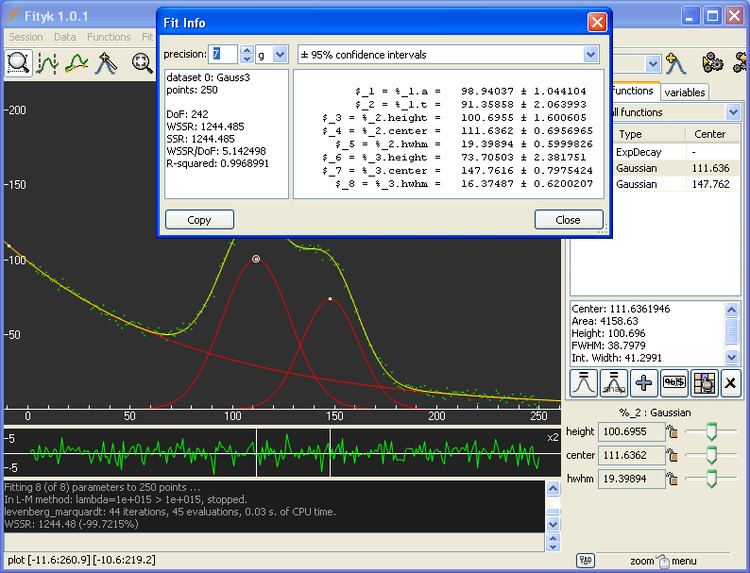

In the range of kaolinite contents below 30 wt%, the influence of 2:1 clay minerals on the reactivity becomes significant, which makes a reliable quantification of illite, smectite or mixed layer minerals mandatory for the classification of common clays as raw materials for supplementary cementitious material (SCM). Regarding the assessment of pozzolanic reactivity, the R 3 calorimetry test and solubility of silicon and aluminum ions in alkaline solution provided comparable results. Therefore, structure models incorporating mixed layering and disorder were applied during raw clay quantification. It has been shown, that besides kaolinite content, for which X-ray diffraction (XRD) and thermogravimetry (TGA) yielded similar results, other parameters as type and quantity of 2:1 clay minerals and degree of kaolinite disorder must be considered in order to assess the potential of the raw materials. This study investigated 13 different clay-rich raw materials, focussing on available common clays from German deposits, with respect to their mineralogical composition and pozzolanic reactivity after calcination.

However, compared to kaolinite-rich clays, these common clays have been less addressed by recent research on calcined clays. A simple line y=-y in sum_same_x delete delete will give us a spectrum without the background.The most abundant clays in the northern hemisphere are dominated by 2:1 clay minerals. Let us assume that and contain the observed spectrum and the calculated background. The summation of datasets can be used as datasets subtraction, for instance, to remove calculated background from the X-ray dataset. I strongly recommend to read the Fityk's Users Guide for some additional tricks like summing up the datasets, etc. Need to mention, that you have to control both widths/heights of the Lorentz/Gauss. This trick is very useful if you need to avoid undesirable subtraction/addition of different Gaussian or Lorentz peaks (Spectroscopy, X-ray diffraction). This way we define that Fityk may vary the $dummy variable, and $param variable depends linearly on it and is always positive. For this we need to create another variable, for instance, $dummy and set: $dummy=~ $param=sqrt($dummy^2).
#Fityk for mac manual

estimating errors of the fitted model: s=max(y-F(x)).
#Fityk for mac software
Comparing other free software (Gnuplot) to Fityk, I must say that these programs do different things and are in principle supplementary.
#Fityk for mac mac
tool is free and works on different platforms (Windows, Mac OS?, Linux).Finally, I got stuck with experimental data and have some free time.


 0 kommentar(er)
0 kommentar(er)
